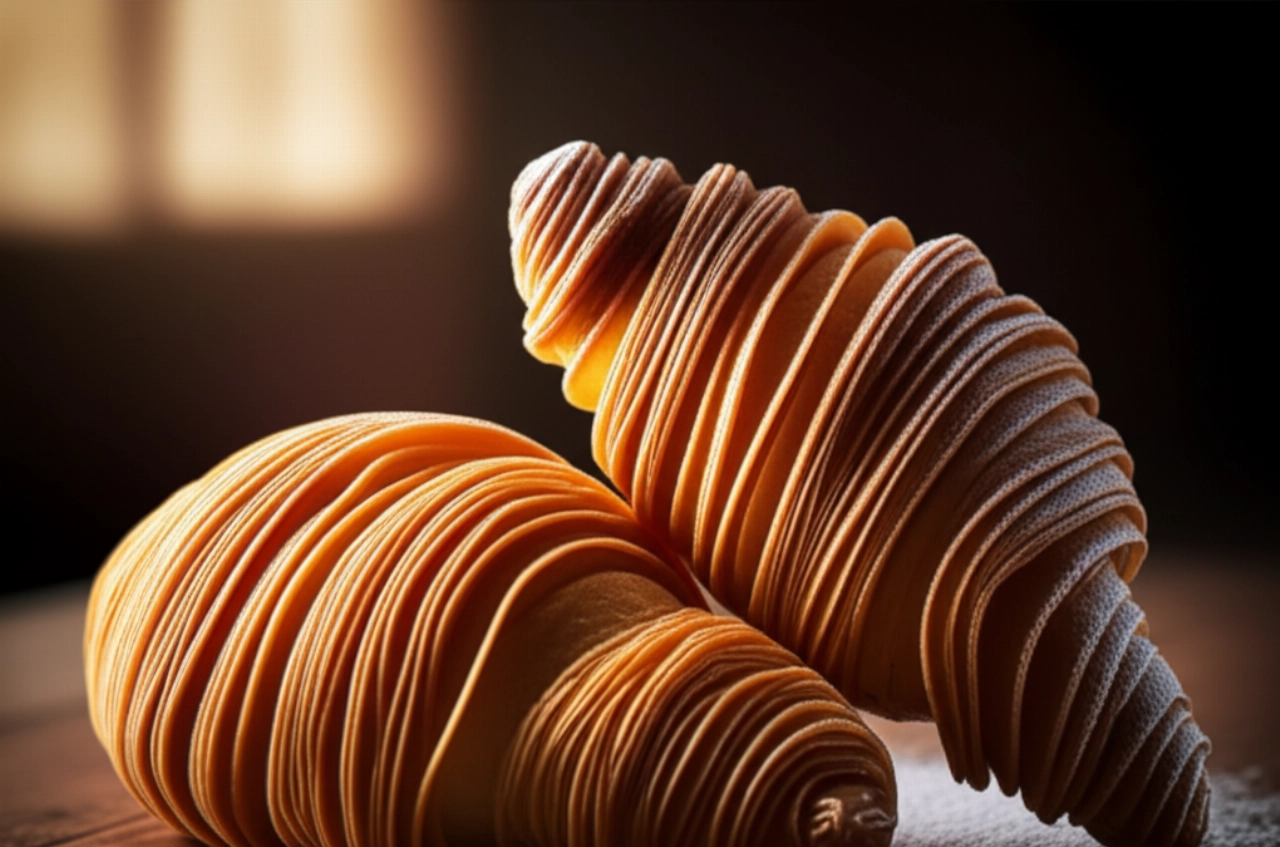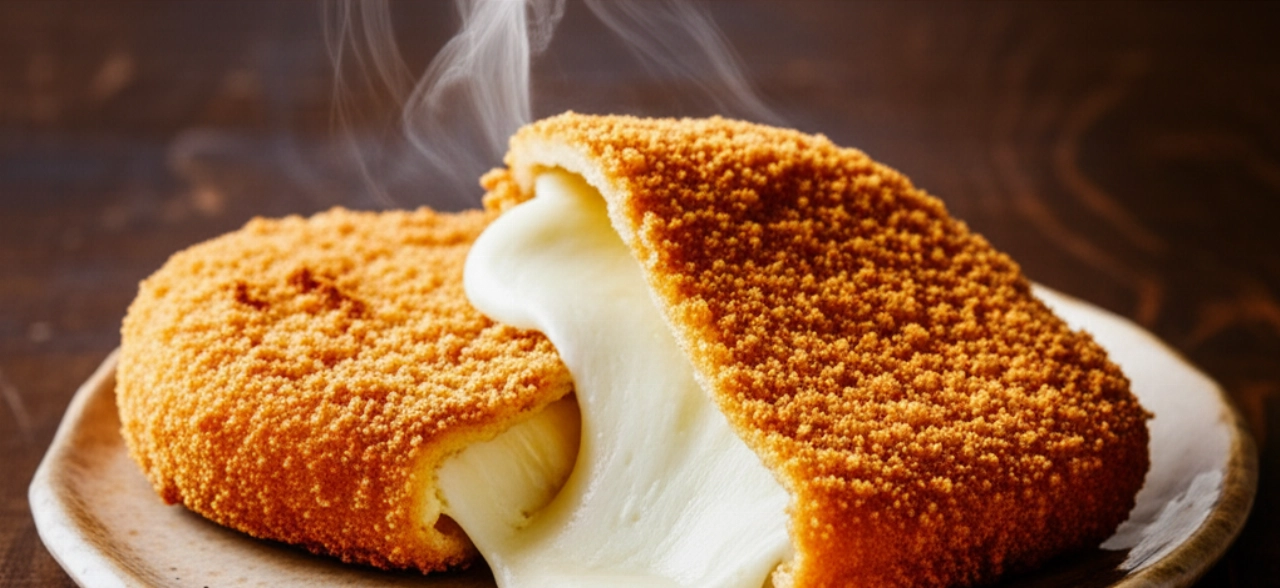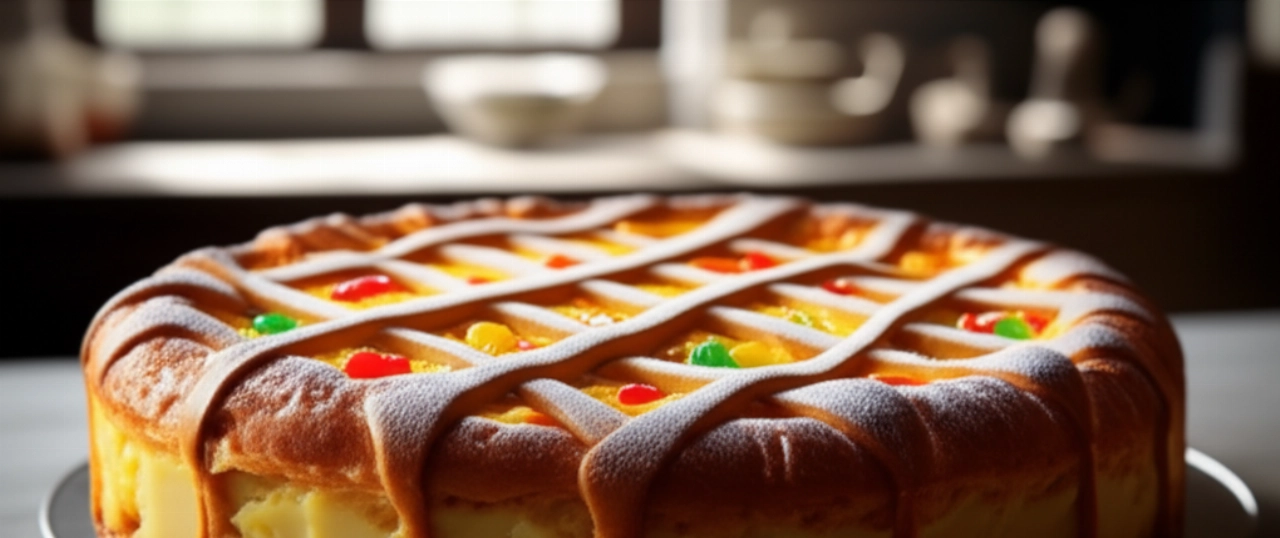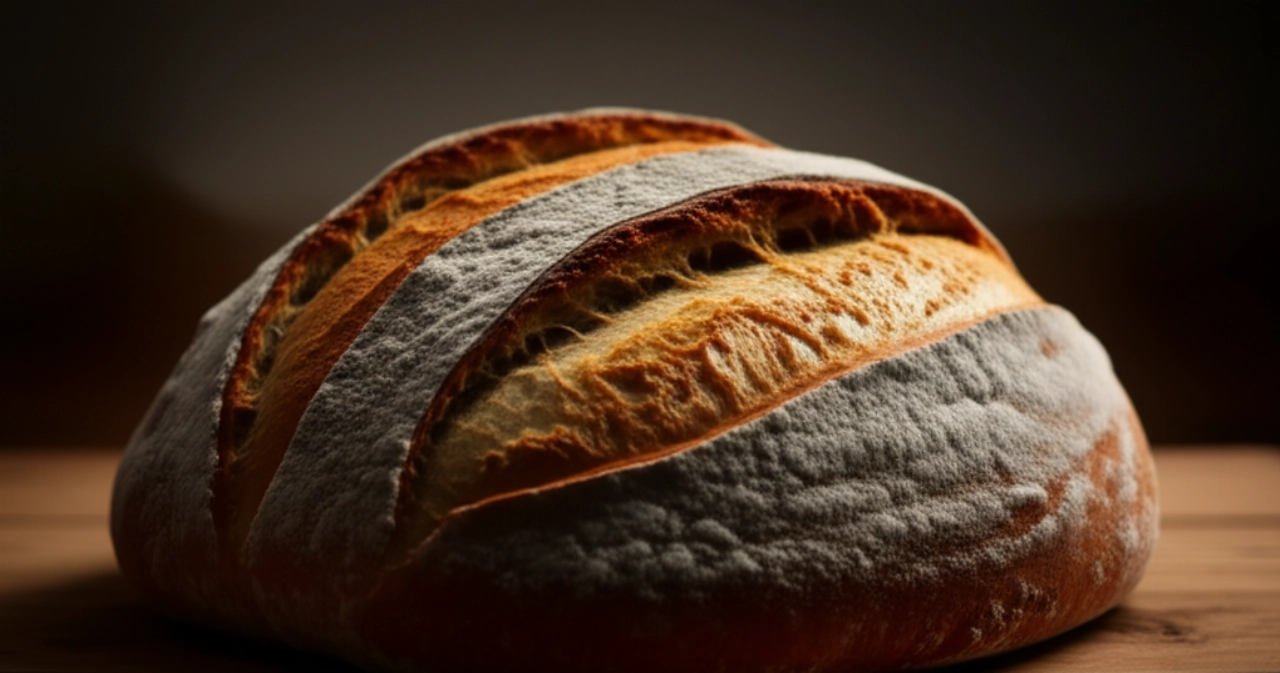Dreaming of bringing to your table a Rum Baba so soft it melts in your mouth, infused with an intoxicating aroma and that unmistakable sheen that only true Neapolitan babas can offer?
Too often, however, the baba can seem like an insurmountable challenge: the dough doesn't rise, it becomes dry, or worse, it gets too soggy and falls apart. The fear of wasting precious ingredients and time is real.
But fear not! Your chef grandma is here to reveal all the secrets. On this page, you won't just find a list of ingredients, but the definitive guide, full of tricks and practical tips, to prepare the most delicious and perfect Rum Baba you've ever tasted. Success is guaranteed, and the scent of Naples will fill your kitchen!
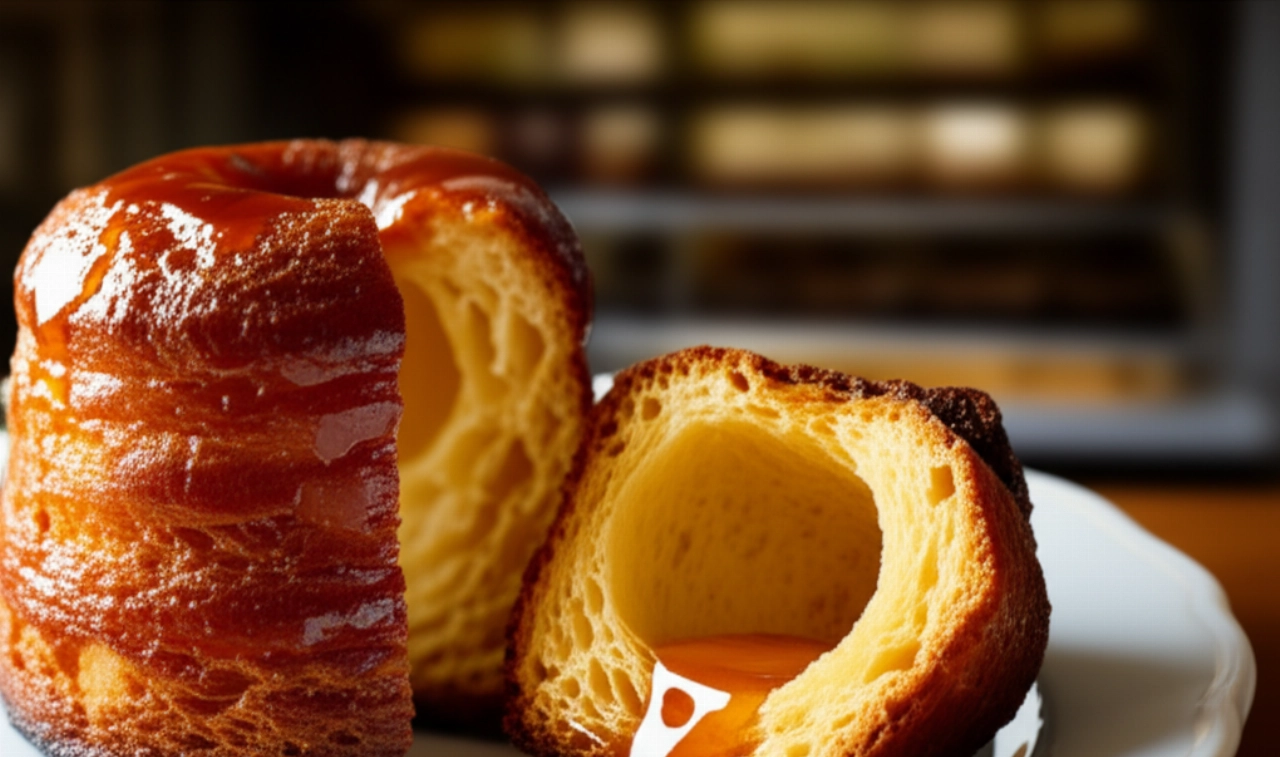
Rum Baba: The Secret to Perfect Softness and Imbibition
The baba is an art, a symbol of Neapolitan pastry. Its magic lies entirely in two key elements: the softness of the dough, which must be almost impalpable, and its ability to absorb the rum syrup without losing its structure. I will guide you through each step, explaining the 'why' behind every choice, to help you achieve a result worthy of a true pastry chef, without stress and without waste.
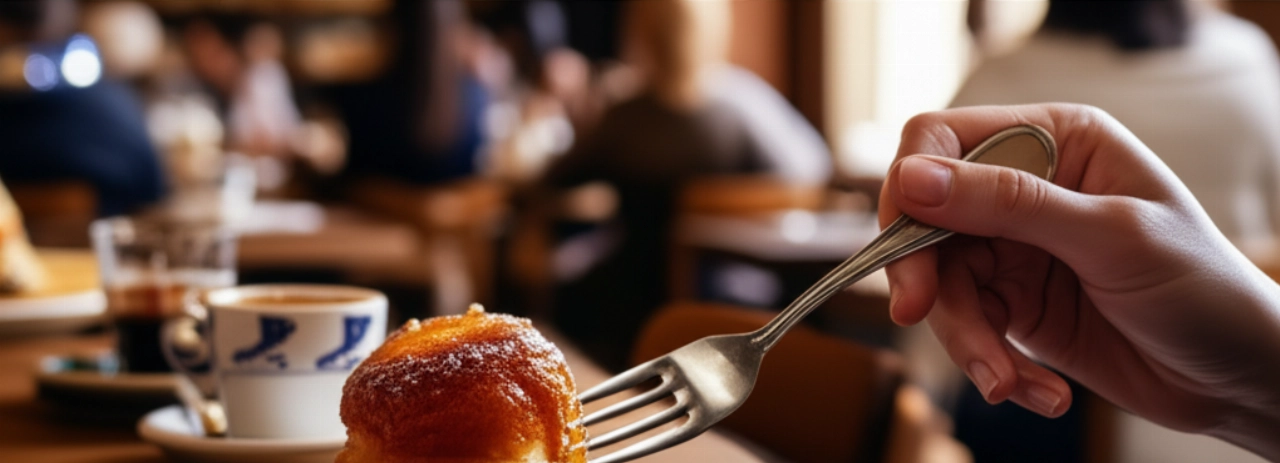
Smart Ingredients for a Dream Baba: The Choice That Makes a Difference
It's not just a list, it's a careful selection. Each ingredient plays a fundamental role in the success of your baba.
- Flour: Use a strong flour (such as Manitoba or a '00' flour with high W, around 300-350). It's essential because it needs to support a long leavening process and absorb a lot of liquids, ensuring the necessary elasticity for the dough.
- Eggs: They must be very fresh and at room temperature. They are the heart of the dough, giving color, flavor, and contributing to the structure. Don't rush to add them; incorporate them one at a time.
- Butter: Of excellent quality, soft but not melted. It provides softness, flavor, and helps make the dough elastic and shiny. Cold butter would make the dough hard, while too hot butter would ruin it.
- Fresh brewer's yeast: Fundamental for leavening. Make sure it's active. If using dry yeast, check the dosage on the package, but fresh is always preferable for baba.
- Sugar and Salt: Sugar feeds the yeast and adds sweetness; salt balances flavors and strengthens the gluten network. Never forget the salt, even in sweets!
- For the Syrup: Good quality rum (don't skimp!), water, sugar, and orange/lemon zest. The quality of the rum will be fully noticeable; don't use substitutes. The zest gives an unmistakable aroma.
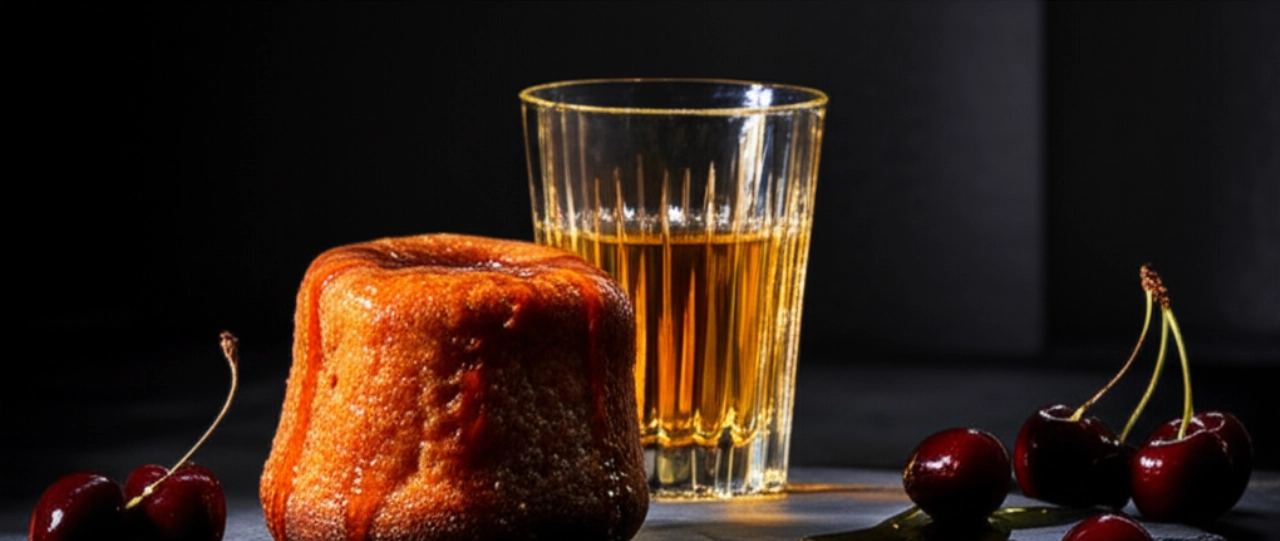
3 Common Mistakes That Can Ruin Your Baba (and How to Avoid Them)
I've seen many babas fail due to small details. But with these tips, you won't make the same mistakes!
- Insufficiently worked dough: Baba requires a long and vigorous kneading process. If you don't work it enough, the gluten network won't form properly, and the baba won't rise correctly, resulting in a compact and less airy texture. Knead until it's smooth, elastic, and detaches from the sides of the bowl.
- Insufficient or excessive proofing: Too short a proofing won't give the baba its characteristic lightness. Too long will cause it to collapse during baking or make the flavor too acidic. Observe the dough: it should double in volume, but not triple. Room temperature is crucial: a warm place without drafts is ideal.
- Syrup too hot or too cold: If the syrup is too hot and the baba is just out of the oven, the baba will fall apart. If it's too cold, it won't be absorbed well. The golden rule is: warm baba and lukewarm syrup, or cold baba and hot syrup. I prefer the first option, but the important thing is a temperature contrast for perfect imbibition.
Grandma's Secret: The Magic Touch for an Infallible Baba
I still remember my grandma, with flour-dusted hands, explaining her trick for the baba to me. It wasn't just a recipe; it was a ritual.
Her secret was in the final kneading of the dough. After incorporating the butter, she wouldn't stop kneading until the dough became 'like a veil,' meaning so elastic that it could be stretched very thin without breaking. And then, a little trick: before putting it in the mold, she would 'slam' it a couple of times on the work surface. This helps eliminate any air bubbles and better distribute the gluten, making the baba even more uniform and light. Try it, and you'll feel the difference!
Let's Prepare Rum Baba Together: The Step-by-Step Guide for Guaranteed Success
Ingredients:
- For the dough:
- 300 g Manitoba flour (or '00' flour W 300-350)
- 4 medium eggs at room temperature
- 10 g fresh brewer's yeast
- 30 g granulated sugar
- 5 g salt
- 100 g soft butter, cut into pieces
- For the syrup:
- 500 ml water
- 250 g granulated sugar
- 250 ml good quality dark rum
- Zest of 1 untreated orange
- Zest of 1 untreated lemon
- For glazing:
- 2 tablespoons apricot jam (optional)
Equipment:
- Stand mixer with hook attachment (or bowl and strong hands!)
- Baba mold (ring-shaped, 20-22 cm diameter, or individual molds)
- Small saucepan for the syrup
- Pastry brush
Instructions:
- Activate the yeast: In a small bowl, dissolve the brewer's yeast in 50 ml of lukewarm water (taken from the total syrup water, if preferred, or simply lukewarm water). Add a pinch of sugar. Let it rest for 5-10 minutes until a foamy layer forms on the surface.
- Prepare the dough (first phase): In the bowl of a stand mixer (or a large bowl), combine the flour, sugar, and activated yeast. Begin kneading with the hook attachment (or by hand), adding the eggs one at a time, waiting for each to be completely absorbed before adding the next. The dough will be very sticky at first; don't worry.
- Work the dough (second phase): Continue kneading for at least 15-20 minutes at medium speed (or vigorously by hand) until the dough is smooth, elastic, and detaches from the sides of the bowl. It must be very well-developed (incordato).
- Incorporate butter and salt: Add the soft butter in small pieces, one piece at a time, waiting for it to be completely absorbed before adding the next. Finally, add the salt. Continue kneading for another 10-15 minutes until the dough is shiny, very elastic, and forms the famous "windowpane effect" (if you stretch it, it extends without tearing).
- First proofing: Transfer the dough to a lightly buttered bowl, cover with plastic wrap, and let it proof in a warm place without drafts (e.g., an oven turned off with the light on) for 2-3 hours, or until it has doubled in volume.
- Second proofing in the mold: Generously butter and flour the baba mold (or individual molds). Gently deflate the proofed dough and transfer it to the mold, distributing it evenly. Cover again with plastic wrap and let it proof for another hour or so, or until the dough has almost reached the edge of the mold.
- Baking: Preheat the oven to 180°C (static). Bake the baba for about 25-35 minutes (for the large mold) or 15-20 minutes (for individual molds), until it's golden brown on the surface and a toothpick inserted comes out clean.
- Prepare the syrup: While the baba bakes, prepare the syrup. In a small saucepan, bring water to a boil with sugar and orange and lemon zests. Let it boil for 5 minutes, then turn off the heat and let it cool slightly. When the syrup is lukewarm, add the rum.
- Imbibition: Remove the baba from the oven and let it cool slightly in the mold for 5-10 minutes, then unmold it onto a wire rack placed over a tray (to collect excess syrup). Pour the lukewarm syrup over the still-warm baba, a little at a time, ensuring it's absorbed evenly. You can also completely immerse the baba in the syrup for a few minutes, turning it, then gently squeeze it.
- Glazing (optional): If desired, slightly warm the apricot jam with a tablespoon of water and brush it over the surface of the baba to make it shiny and even more appealing.
- Serving: Let the baba rest for at least an hour before serving, so the syrup distributes well. You can serve it with whipped cream or fresh fruit.
Tips and Frequently Asked Questions about Rum Baba
- "Can I prepare the dough the day before?" Yes, you can! After the first proofing, gently deflate the dough, place it in a covered bowl, and refrigerate it overnight. The next day, let it return to room temperature for about an hour before placing it in the mold for the second proofing.
- "My baba turned out dry, what did I do wrong?" Most likely, the dough was not kneaded long enough to develop a good gluten network, or the proofing was insufficient. Also, make sure not to overbake it: an overbaked baba will always be dry.
- "Can I use a different rum?" Certainly! You can experiment with lighter rums, or even other liqueurs like limoncello for a more citrusy version. The important thing is that it's a quality liqueur for excellent flavor.
- "How can I store leftover baba?" Baba can be stored at room temperature, well covered, for 2-3 days. If you put it in the refrigerator, it tends to harden, so take it out a bit before serving to let it soften again.
- "Can I freeze baba?" Yes, you can freeze the baba once baked and cooled, but before soaking it. Wrap it well in plastic wrap and then in aluminum foil. When you want to serve it, let it thaw at room temperature and then proceed with soaking it in the warm syrup.
A Neapolitan Masterpiece, Now in Your Kitchen Too!
There you have it! Now you don't just have a recipe, but all the secrets to bring a true Neapolitan pastry-quality Rum Baba to your table—a dessert that tastes of celebration, tradition, and pure joy.
Don't be afraid to experiment and get your hands dirty. Cooking is an act of love and creativity. But start with this solid foundation, and you'll see that compliments will abound, and every bite will be a trip to Naples.
Have you tried our Rum Baba recipe? We're eager to see your masterpiece! Leave a comment below, tell us how it went, or share a photo on Instagram tagging @CercaRicette.it. If you loved this iconic dessert, you can't miss our recipe for the Original Neapolitan Pastiera or another delight like the Infallible Tiramisu.
